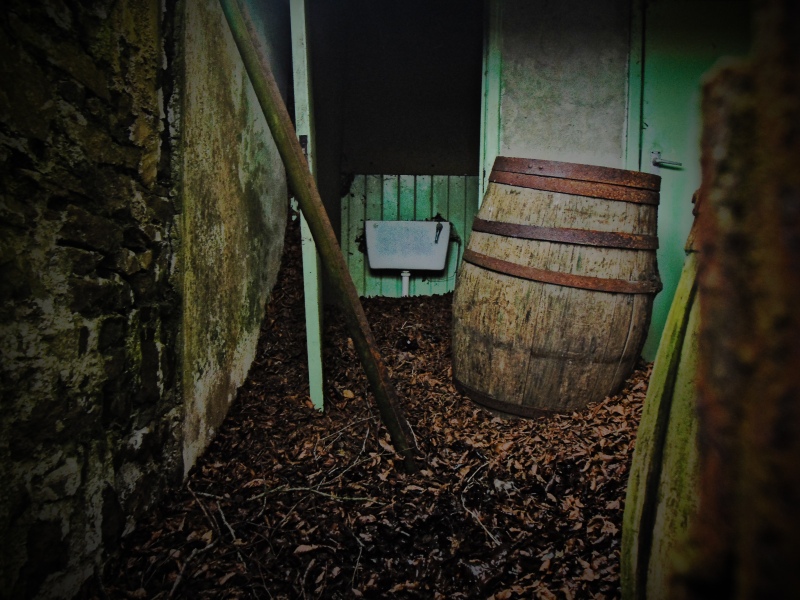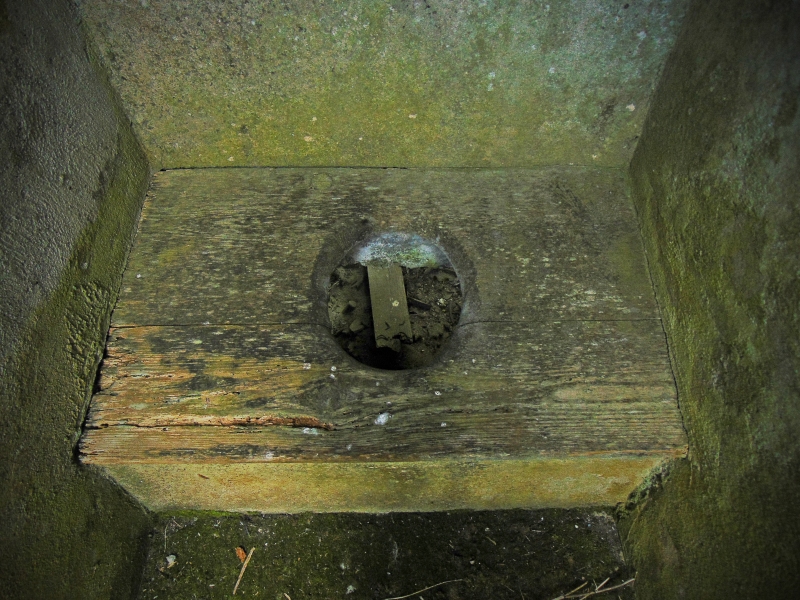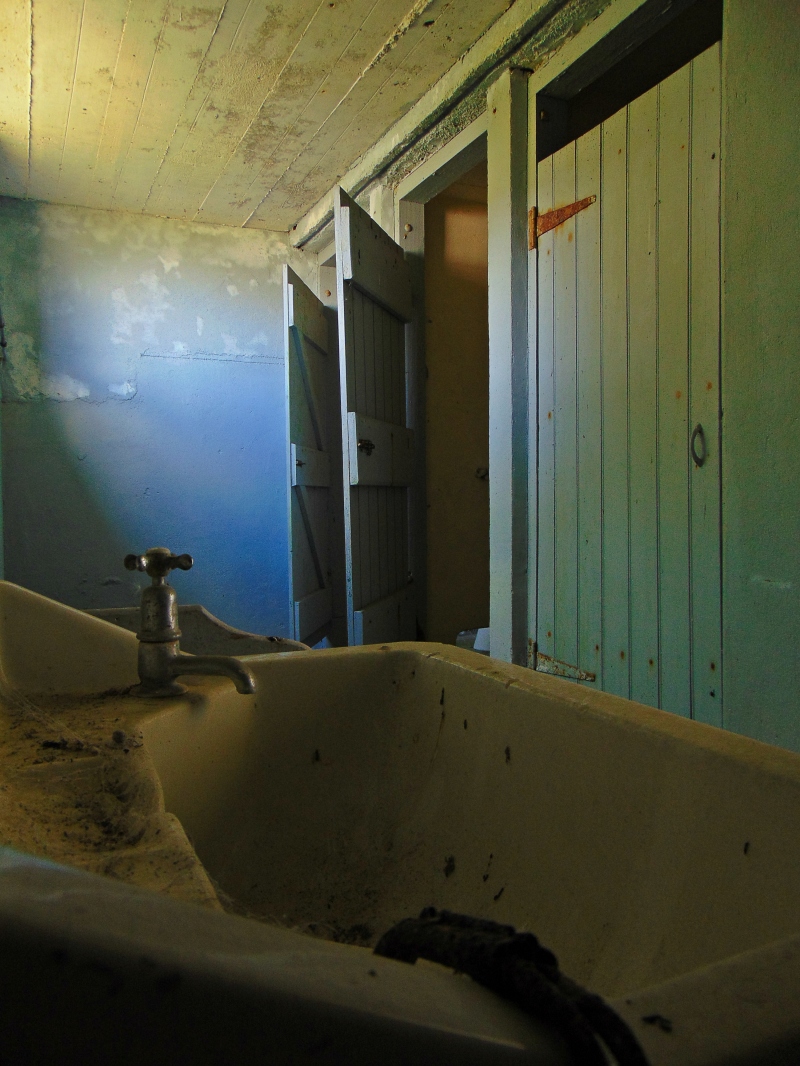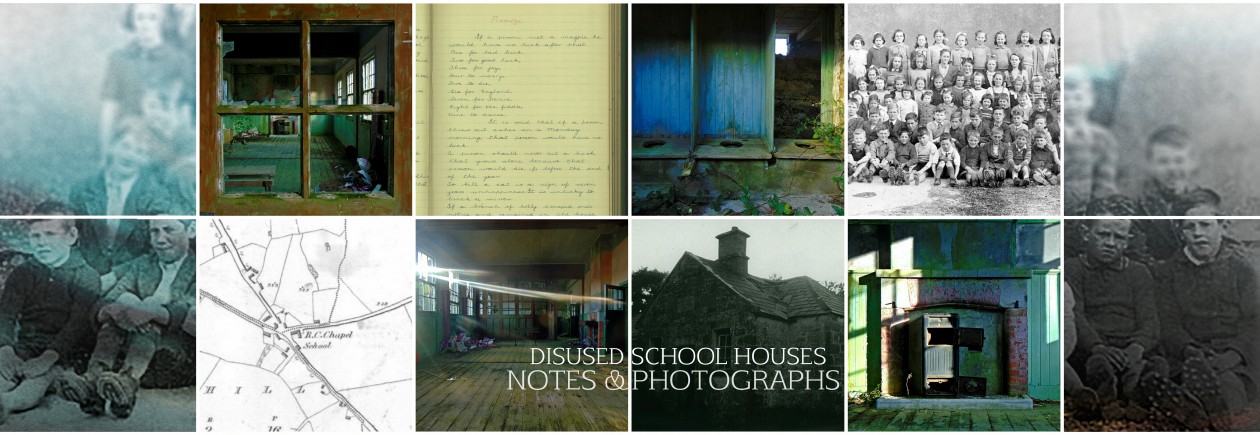This is the fourth in the series of daily posts to the Disused School Houses blog to mark National Heritage Week 2016 (August 20th- 28th). With tongue-in-cheek I have chosen to re-visit the topic of primitive toilet facilities at the turn of the 20th century! Next time you utilise the convenience of indoor plumbing, keep in mind the fact that privys weren’t always so commodious!

Particularly during the wintery time of year, it is worth bearing in mind the harsh conditions experienced by school children just a handful decades ago – when even the simplest of life’s necessities could be a test of endurance. With the onset of the winter rain, wind and snow, the luxury of indoor plumbing was generally beyond the expectation of most attending school at this time. When nature called, it was commonly necessary to brave the elements and venture outside to a cold and draughty detached toilet-block, usually located at the rear or to the side of the already cold and damp school house.

Through the 19th and into the 20th century, even the most basic plumbing in the outside toilet was not at all common, with dry-toilets being far more prevalent, particularly in rural Ireland. These dry-toilets varied in form and design. Generally, a single free-standing toilet block would be located at the rear of the school building and divided for male and female pupils; accessed through separate gender-assigned doorways. Occasionally, when a school yard was divided by sex, each side of a centrally located toilet block had an entrance allowing access from either the male or the female side of the yard.

Dry toilets were a simple and practical design with an absence of convenience, and luxury not even an afterthought. They comprised a number of separated cubicles over a shared trough which could be cleared out from the rear of the building (see Shanavaghera National School Co. Mayo images directly above and at the top of the page), a task which frequently fell to more hard-up members of the local community or often passing vagrants. A wooden plank with an adequate opening was all that separated you from the most foul quagmire which lay beneath.

Some older toilet-blocks opened directly onto the schoolyard though a simple wooden door kept you from the view of your schoolmates while in the most vulnerable of positions (see Carrigeencor Co. Leitrim) below.

Many early free-standing toilet blocks were later plumbed and re-fitted meaning some degree of comfort. New-build school houses and schools with extensions added from the 1930’s onward generally incorporated indoor plumbing like the example second from top at Scoil Cill Criosta Co. Galway.

With this added degree of luxury there was finally enough comfort to allow you to ponder over your lessons, and perhaps scribble some of your musings on the wall.

If you or someone you know attended one of these national schools, please do get in touch and share any stories, anecdotes, photographs, or any other memories you may have.


The three seater with its blue paint has a certain charm but yes, not much fun to use! And what about the schools which had no conveniences?
LikeLiked by 1 person
Do you know of such a miserable school? ? 😉
LikeLiked by 1 person
Very interesting in light of our 2013 trip to Minard West, County Kerry, where I visited the school my grandmother (b. 1879) attended as a child. It has been repainted and looks quite cheerful, but we could not access the interior. Thank you for shedding light on such an important aspect of Ireland’s history.
LikeLiked by 1 person
No problem Susan, thanks for visiting the Blog – I’ll keep an eye out for the Minard West School. If i get access to it, I’ll be sure to post something about it
LikeLike